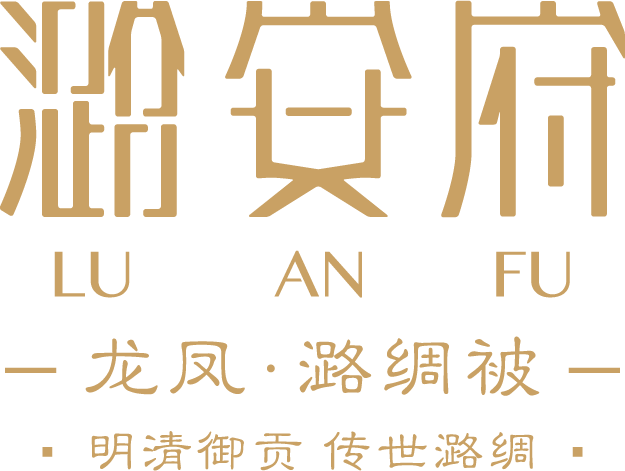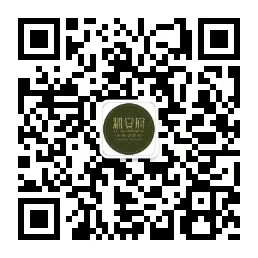ROYAL TOTEM
The totemic system of the Chinese royal family is centered around elements such as dragons, phoenixes, auspicious clouds, and peonies, which have formed a unique symbol system and cultural connotation in historical evolution. As the core symbol of imperial power, the dragon has become the exclusive symbol of emperors since the Han Dynasty. The dragon pattern on the Lu silk shop sign in the Qingming Shanghe Tu confirms its symbolic penetration in folk commerce.
-
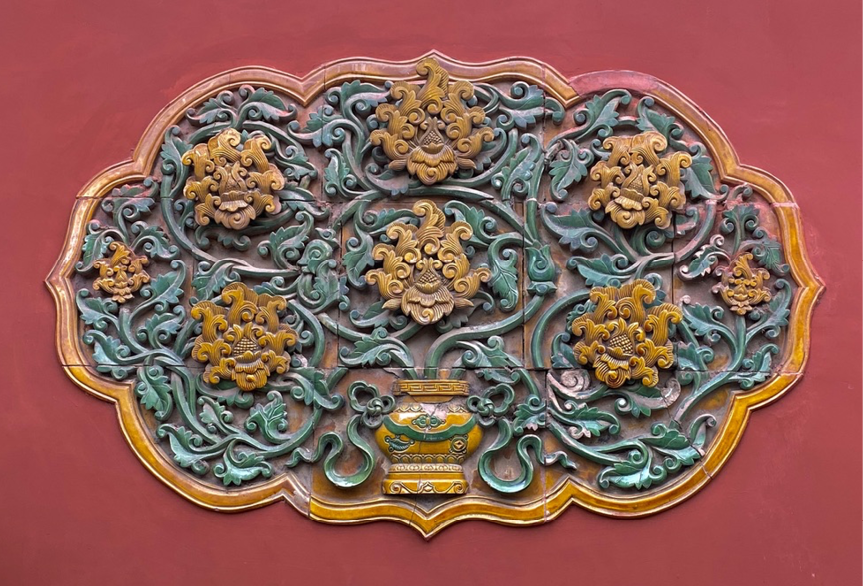
Since the Ming Dynasty, Lu silk has been a tribute to the royal family. The Palace Museum still houses over 50 pieces of Lu silk wedding quilts, which confirm its deep connection with the imperial power and ritual system. The application of royal totems such as dragons, phoenixes and peonies has made the product a contemporary continuation of the "imperial-level aesthetic". For instance, the regulations of the Lu silk quilt exclusively used in the wedding ceremonies of the Ming and Qing imperial families are still being replicated to this day. The weaving technique of Lu silk involves 298 procedures and takes 375 days to complete a wedding quilt. Its handcrafted gold embroidery and the green and blue color matching of Fahua porcelain transform totem symbols into tangible cultural heritages. After being included in the National Intangible Cultural Heritage List in 2014, it has become a carrier for the export of Eastern aesthetics.
-
The Lu silk quilt in wedding customs carries the function of passing on the family precept of "four generations under one roof" : the peacock and wisteria symbolize the love between husband and wife, the plum blossom and chrysanthemum imply intergenerational harmony, and the peony implies the inheritance of filial piety, forming a family ethical expression of "a bowl of soup distance". For high-end customers, this is both a concrete manifestation of the family history and a certification of cultural heritage. The product is made of silk raw materials that meet the historical standards of "South Song River, North Lu 'an" (5,250 cocoons per quilt), and is combined with the classic wedding patterns of the emperor in the Kunning Palace of the Forbidden City, making it have both the collection value of cultural relics and the attributes of modern luxury goods. In 2025, the sales of the co-branded products of a certain liquor brand and Lu Silk increased by 37%, confirming the market's recognition of the scarcity of culture.
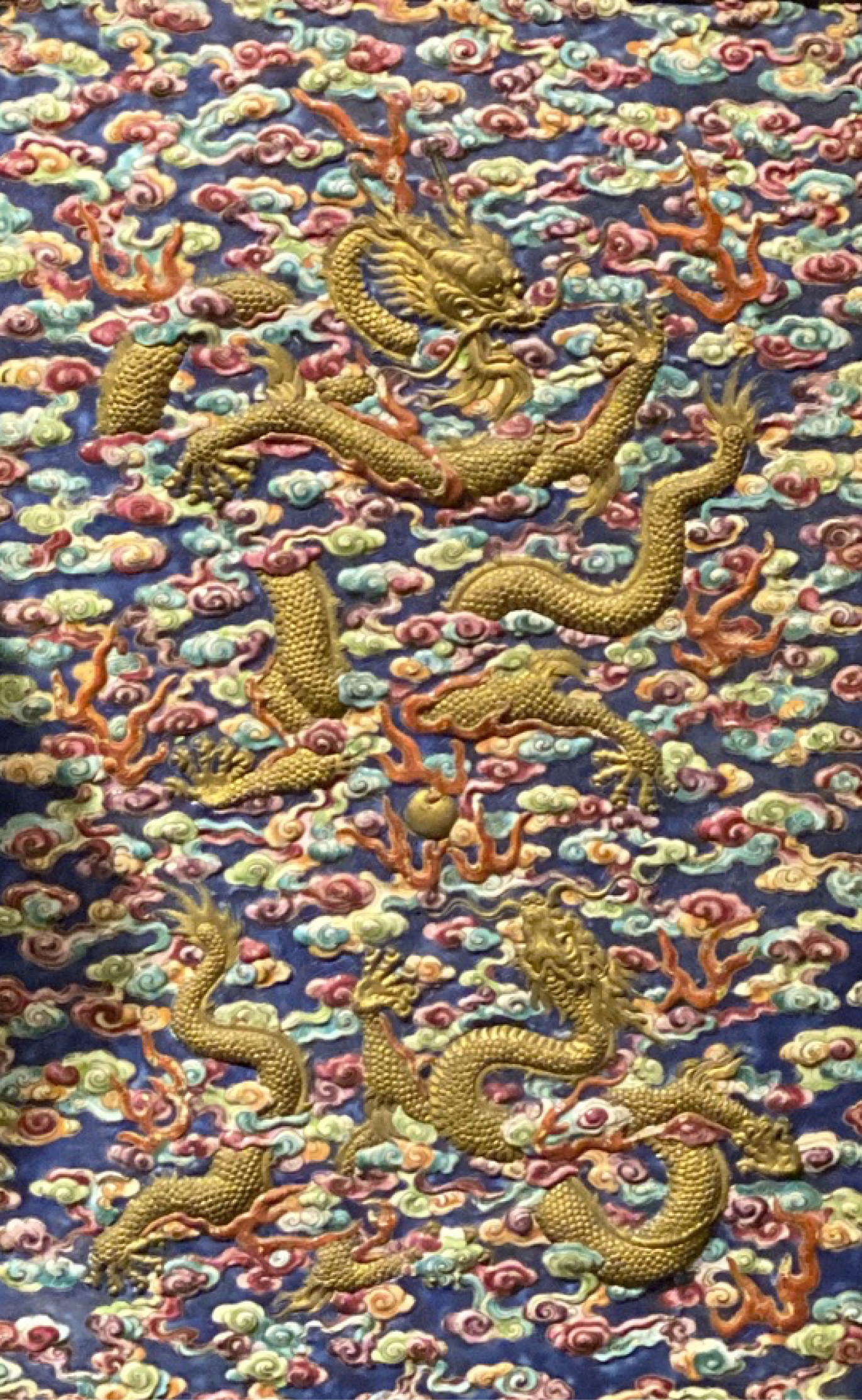
-
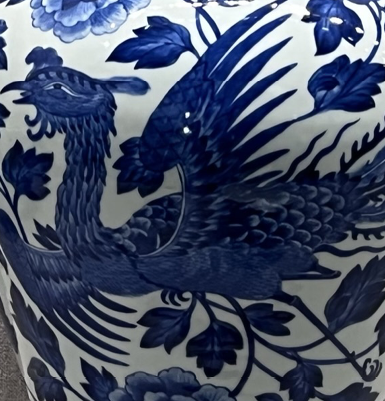
The phoenix: Symbolizing the empress's "motherly rule over the world", the "phoenix wearing Peony" pattern on the Lu silk wedding quilt represents the harmony of Yin and Yang. In Chinese culture, it symbolizes beauty, auspiciousness, kindness, tranquility and virtue
-

The lotus with endless branches: symbolizing "continuity", it is often seen in royal clothing and architectural decoration, representing the continuation and prosperity of life. It also implies the philosophy of "endless vitality", expressing people's deep wishes for a bright future.
-
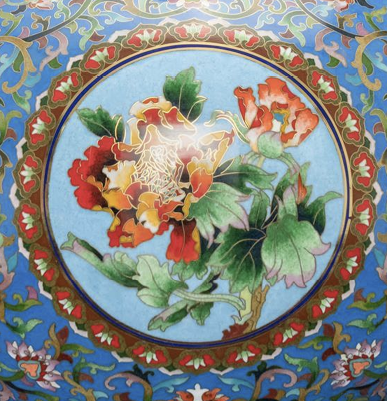
The Peace of the Four Seasons: Mainly symbolizing the peace of the four seasons through the images of seasonal flowers and bottles, this cultural symbol reflects the ancient Chinese agricultural society's reverence for the laws of nature and the philosophical thought of "harmony between man and nature"
-
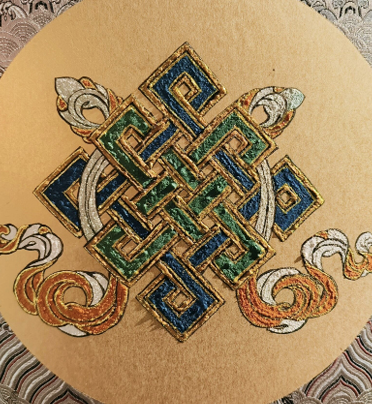
The Eight Auspicious Treasures: Also known as the Eight Auspicious Signs, Eight Auspicious Signs or the Eight Treasures of Buddhism, they are a group of symbols with profound symbolic significance in Buddhist culture. The auspicious Eight Treasures totem not only represents the philosophy of Buddhism but also symbolizes good luck and auspiciousness.
